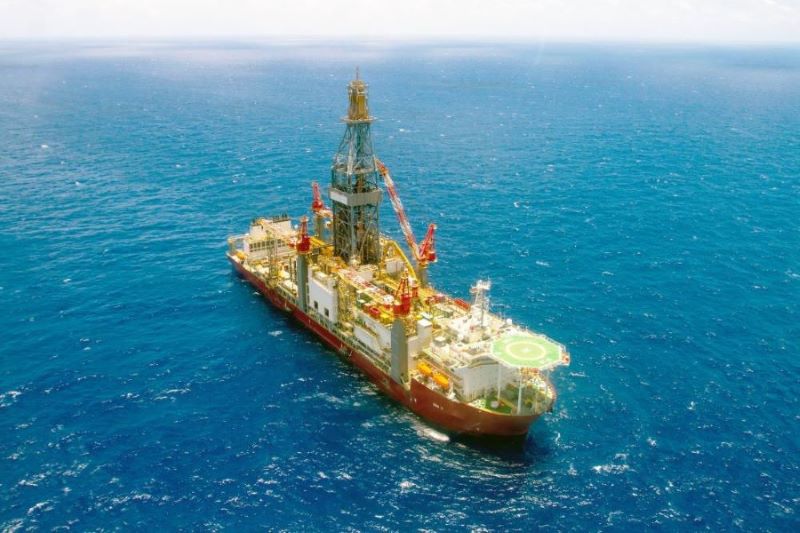Petrobras oil discovery 'completely changes the Equatorial Margin's outlook'
BnamericasPublished: Tuesday, April 16, 2024
Crude oil Oil & Gas Companies Natural Gas Midstream Company Upstream Company Show 4 more

Petrobras’ oil discovery in Brazil’s Equatorial Margin is a milestone for exploration and production in the geologically promising but environmentally fragile region, experts told BNamericas.
Announced on April 9, oil in the Anhangá prospect was found in Albian turbidite sandstones, a “very different” case from the Pitu Oeste discovery, where the oil-bearing rock consists of older, less porous and less potentially productive sandstones, according to geologist Pedro Zalán.
He said Petrobras even highlighted that the discovery was a new accumulation confirmed by electrical profiles and oil samples, which was not the case with Pitu Oeste, where the company found hydrocarbons in the well.
Zalán said the Anhangá oil play is similar to those found in oil-rich countries such as Guyana, Suriname and Ivory Coast.
“This completely changes the Equatorial Margin's outlook. Until now, it was thought that the plays in Guyana, Suriname and Ivory Coast could be replicated in the Equatorial Margin, but there was no evidence for this,” Zalán told BNamericas.
Another reason for optimism is that the Potiguar basin is considered less promising than Pará-Maranhão, Barreirinhas and Foz do Amazonas, which are closer to the Guyana-Suriname system.
“Brazil needs to authorize drilling at these basins. There’s fantastic seismic evidence that we have large volumes of oil in the ultra-deepwaters there,” Zalán said.
Allan Kardec Barros, former director of regulator ANP and current president of Maranhão state’s gas distributor Gasmar, said that the news of Petrobras' discovery was encouraging for the other basins in the Equatorial Margin.
“It’s precisely this type of accumulation that we believe contains the large oil reserves in Foz do Amazonas, Pará-Maranhão and Barreirinhas,” he told BNamericas.
Mahatma dos Santos, director of oil association Ineep, said the discovery in the Potiguar basin marks the resumption of Petrobras’ exploration of new frontiers.
"The Equatorial Margin is being seen as a promising alternative for replenishing reserves and maintaining Petrobras' production levels," he told BNamericas.
Dos Santos added that Petrobras has earmarked more than US$3bn to drill 16 wells in the region.
"But we need to expand investments in other basins, such as Mucuripe, Cumuruxatiba, Jequitinhonha, Jacuípe, Camamu-Almada and Sergipe-Alagoas, as well as the Pelotas basin, where Petrobras won several areas in the last ANP auction," he said.
OVERVIEW
Located in the POT-M-762_R15 concession, well 1-BRSA-1390-RNS (Anhangá) is close to the border between the states of Ceará and Rio Grande do Norte, approximately 190km from Fortaleza and 250km from Natal, at a depth of 2,196m.
 Source: Petrobras Source: Petrobras
In a press release, Petrobras said it will continue exploring the concession, aiming to evaluate the quality of the reservoirs, the characteristics of the oil and the technical-commercial viability of the accumulation.
The Pitu Oeste discovery is located in the BM-POT-17 concession, approximately 24km from Anhangá. Petrobras is the operator of both concessions, holding a 100% stake. |






 Source: Petrobras
Source: Petrobras